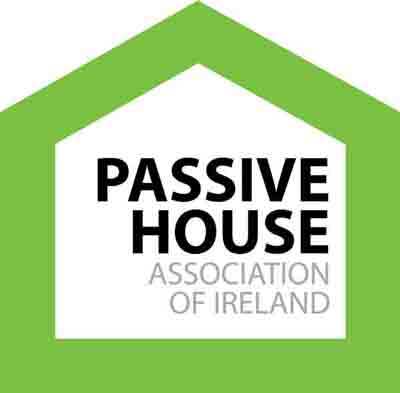Passive Homes and Their Benefits
Living in a passive home means living in a home with no cold drafts, no sudden temperature changes from room to room and virtually no heating bills. Sound too good to be true?
What are Passive Homes?
Passive homes are extremely energy efficient as they are primarily heated by the sun. However passive homes are not like solar-powered houses as they do not convert electricity from the sun’s energy. The construction design of these homes eliminates the need for a fireplace or other heating sources. Passive homes are designed with top quality insulation, airtight building work, energy efficient windows and controlled ventilation systems.
What Can Be Classified as a Passive Home?
Passive homes are classified in Europe under the following criteria.
- Energy demand is lessened by insulation, air tight construction and controlled ventilation.
- Free heating gained by solar irradiation and heating from appliances and occupants.
- Economic thermal comfort in summer and winter without the need for an additional heat source.

It is essential under Europe’s climate regulations that the building does not exceed the following:
- 15 kWh (m2a) space heating requirement
- 10 W/m constant heating
- 42 kWh/(m2a) total amount of energy input yearly
- 120 kWh/ (m2a) total energy requirement for space heating, household appliances and domestic hot water.
What are the Benefits?
We have compiled a list of benefits associated with constructing and living in a passive home.
1. Do Your Part
Building a passive home results in huge energy savings. Although building just one passive home cannot stop pollution or even global warming.
These homes still use electricity for lighting, appliances and water heating; however, they do not require an additional heating sources besides the sun and heat from those occupying the home. This removes the need for lighting a fire or using another polluting source of heat.
2. Smaller Bills
Passive homes are designed to weather even the most treacherous of climate conditions. As a result, massive savings can be made when poor weather sets in (particularly in Ireland).
3. Improved Indoor Air Quality
Controlled ventilation is one of the most important elements of designing a passive home. The benefit of this is that it removes stale, polluted air from a living environment and replaces it with fresh outdoor air. High efficiency ventilation systems in passive homes pull air from areas where moisture content is high, such as the bathroom and kitchen. Fresh air is then piped into bedrooms and living rooms which improves quality of life.
Fresh air is brought into the home through filtered ventilation systems. Windows can be opened in passive homes, although most home-owners choose to avoid this so that expose to dust and chemicals is lessened.
4. Quality of Living
Comfort and living quality is increased in a passive home as temperature steadily regulates from room to room. High quality insulation means that the home is warm when it is cold outside and vice versa. Quality windows, combined with quality insulation, also helps to keep the home comfortable and quiet.
5. Value for Money
The initial investment cost associated with building a passive home is significantly higher than the cost of building a conventional home; however, the return on investment is much greater.
If you plan to live in your new home for a number of years, the cost of constructing a passive home should quickly pay itself back. The higher cost of materials, design and construction labour can be offset by the savings gained on utility bills alone.
Do you have a passive home?
If you have built a passive home we would like to hear your thoughts and if you have made any savings. Please use our comment form below to post comments. If you found this article insightful, please share this post on the social media sites.

